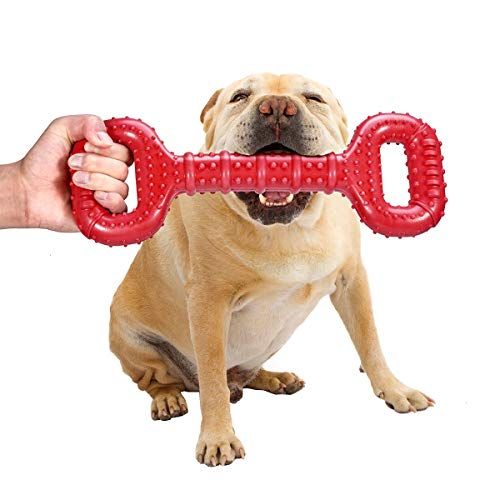Canine Reproductive Anatomy: Understanding Sizes and Variations
Dogs are one of the most diverse species on the planet, boasting a wide range of sizes, shapes, and breeds. One less commonly discussed, yet vital aspect of their anatomy is their reproductive system. Understanding the size and variations of a dog's reproductive organ is important for breeders, veterinarians, and curious pet owners. This article will delve into the specifics of canine reproductive anatomy, explaining the average sizes and variations found among different breeds. Let's get to know our canine companions a little better.
It's crucial to remember that all dogs are unique, and with over 340 different breeds recognized by various kennel clubs worldwide, there's quite a range of sizes when it comes to canine penises, commonly known as the "bulbus glandis." A dog's penis size can vary based on the breed, age, and overall health of the animal.
The Basics of Canine Anatomy
In understanding the size of a dog's penis, it is helpful to understand the basics of their reproductive anatomy. A dog's penis, protected by a sheath of skin called the prepuce, consists of two main parts: the os penis (or penile bone) and the bulbus glandis. The os penis provides support during copulation, while the bulbus glandis helps maintain the tie phenomenon, a mating process unique to canines.
Factors Affecting Penis Size
Numerous factors can affect the size of a dog's penis. These include:
Breed: Larger breeds tend to have larger penises, whereas smaller breeds have smaller ones. For instance, a Chihuahua may have a penis approximately 0.5-1.5 inches long when not erect, while a Great Dane may have a penis approximately 3-6 inches long when not erect.
Age: Puppies will have significantly smaller penises than adult dogs. However, the penis grows as the dog matures, reaching its full size at sexual maturity.
Health: Overall health can impact the size of a dog's penis. Dogs in good health are more likely to have typical sexual development. In contrast, dogs with health problems, especially hormonal imbalances, might have underdeveloped sexual organs.
Understanding Erection and the 'Tie'
It's important to distinguish between a dog's penis size at rest and during an erection. When not erect, the dog's penis stays within the prepuce. During an erection, triggered by sexual arousal or certain stages of the dog's sleep cycle, the penis extends beyond the prepuce, and the bulbus glandis at the base of the penis swells.
A unique feature of canine reproduction is the 'tie' or 'copulatory lock,' where the erect bulbus glandis enlarges and locks the male and female together during copulation, lasting from 5 to 45 minutes. This characteristic is not related to the size of the penis itself.
Abnormalities and Health Issues
Certain health conditions can affect the size and function of a dog's penis. For example, dogs can develop a condition called paraphimosis, where the penis becomes trapped outside the prepuce. This condition may make the penis appear larger than normal. Conversely, phimosis is a condition where the penis cannot extend beyond the prepuce. Both conditions may require veterinary intervention.
Priapism, a persistent, often painful erection, can also occur in dogs. This condition isn't related to sexual arousal but is usually due to trauma or specific diseases. If you notice anything unusual about your dog's penis size or function, it's always a good idea to consult with a vet.
Remember, the size of a dog's penis doesn't determine his value, ability as a pet, or potential as a working dog. It's just one aspect of his physical makeup.
Find more: how big is a dog penis















